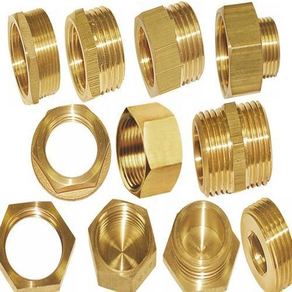Carbon steel (CS) pipes are a common fixture on construction sites across the UAE. These carbon steel pipes are tough, durable, and ideal for all kinds of projects. From building pipelines to setting up industrial equipment, these CS pipes are really helpful.
But with so many different types, sizes, and grades available, how do you pick the perfect CS pipe for your needs?
This guide will share tips straight from the experts and leading CS pipe suppliers in the UAE.
Know Your Project Requirements
Before hitting up those suppliers, get clear on what your project demands. CS pipes serve many different purposes, like water transportation, fire protection systems, oil/gas pipelines, and many more.
Identify upfront if you need pipes for low, medium, or high-pressure applications. This will impact the pipe’s thickness and strength requirements. The environment and weather conditions are also key factors.
If laying pipes outdoors, you may need corrosion-resistant piping or protective coatings. Indoor pipes in temperature-controlled settings can use thinner-walled options.
Consider whether pipes will be buried underground or visible aboveground. This affects what type you’ll choose for strength and visual appeal.
CS Pipe Types and Grades
Once you understand your project scope, it’s time to explore the numerous CS pipe varieties. Here’s a brief overview of what is offered:
-
Seamless VS. Welded
Seamless CS pipes are formed from one solid piece of steel. They provide extra protection against leaks and weak points. Welded pipes are made from steel sheets rolled and welded together. They are more affordable but may not exert as much pressure.
-
Galvanized vs Black Iron
Galvanized CS pipes have an outer zinc coating to prevent rusting and corrosion. They are ideal for outdoor and demanding applications. Black iron pipes have no coating and are bare steel, suited for general-purpose, interior uses.
-
Standard vs Schedule
Standard pipes are manufactured to standardize wall thickness and pressure ratings. Scheduled pipes offer different wall thicknesses beyond the standard for handling varying pressure levels.
Pay close attention to these CS pipe categories, grades, and specifications to find what aligns with your project requirements. Don’t just go for the cheapest; instead, invest in pipes that can meet your needs.
-
Reputable Pipe Suppliers in the UAE
With hundreds of CS pipe suppliers in the UAE, who can you trust? Look for well-established companies with extensive product inventories and a proven track record. They should also:
- Sell pipes certified to international quality standards.
- Provide full documentation and test certificates.
- Have knowledgeable staff to guide your pipe selection.
- Offer customization if you need specialty fittings or coating.
- Provide shipping/delivery and stockist services
Installation and Handling Tips
Once you select the right CS pipes, proper installation is crucial. Your supplier should offer guidance or professional service on safe pipe handling, cutting, threading, and joining techniques.
If hiring third-party contractors for installation, ensure they have experience working with the specific CS pipe materials. This prevents issues with improper installation methods.
Conclusion
From knowing what your project needs to understanding all the different CS pipe suppliers in the UAE, there’s a lot to keep in mind when sourcing these essential materials. But by following the tips above and working with trusted local suppliers, you can feel confident that you have chosen the right pipes for safe, long-lasting, stress-free performance.




